
Menstrual cramps are one of the most common reasons behind medical attention sought by affected women. Namely, most women have experienced menstrual cramps and this is not a pleasant occurrence. Rather, it manifests through pain and discomfort, affecting the lower abdomen, back or thighs, possibly being accompanied by headaches, nausea, fainting, diarrhea or constipation.
Types of Period Pain
Menstrual cramps come from the production of a hormone called prostaglandin, taking place during the menstrual cycle, leading to uterus contractions. The more of this hormone gets produced, the more severe the symptoms and cramps become. This kind of menstrual cramps usually occur during the teenage years, when a female has experienced some of the first menstrual cycles ever. This kind of menstrual cramps is considered to be the primary type. Once a woman is older than 24 and her menstrual cycles become more balanced, she is likely to stop suffering from menstrual cramps and period pain.
However, secondary type of menstrual cramps is triggered by numerous underlying health problems, triggering pain during menstruation. There are several different health issues which can be behind menstrual pain.
Causes behind Secondary Menstrual Cramps
A certain condition manifests through cells which act and feel like uterus cells, being located outside the uterus itself or growing into the uterine wall. Women suffering from this condition experience pain and menstrual bleeding about 2 days before the actual menstrual cycle.
Also, ovarian cysts, polyps or fibroids, as well as other types of benign growths located in the pelvic area, all can lead to pain during and before menstruation. Alternatively, a person may be suffering from an infection in the area, taking place due to the widening of the cervical canal during menstruation. Note than many other types of STDs may infect a female at any given time, leading to pain during periods as well.
Having a birth control device installed in your uterus can lead to this type of pain and discomfort. If this is the case, you are advised to have the device removed and swapped with some other, safer methods.
Finally, pregnancy complications or some congenial deformities as well as damage created during surgical procedures performed on the troublesome area, all can cause pain during menstrual cycles.
Preventing Menstrual Cramps
A well-balanced diet will keep you safe from menstrual cramps. Thus, consume plenty of vegetables and fruits and stay away from excessive alcohol, caffeine, salt and sweets. Also, concentrate on eating low-fat food. Furthermore, stay physically active and make sure you are in a good physical shape. Keep the stress levels in your life to a bare minimum, do not smoke and choose natural treatments for your menstrual pain problems rather than medications.



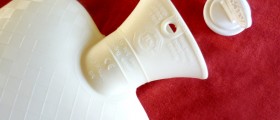



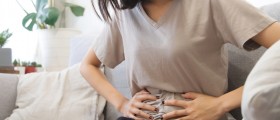

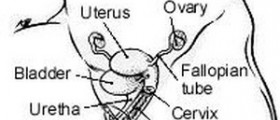
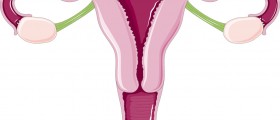
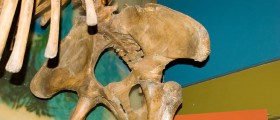
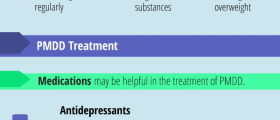

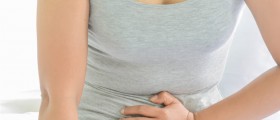


Your thoughts on this
Loading...